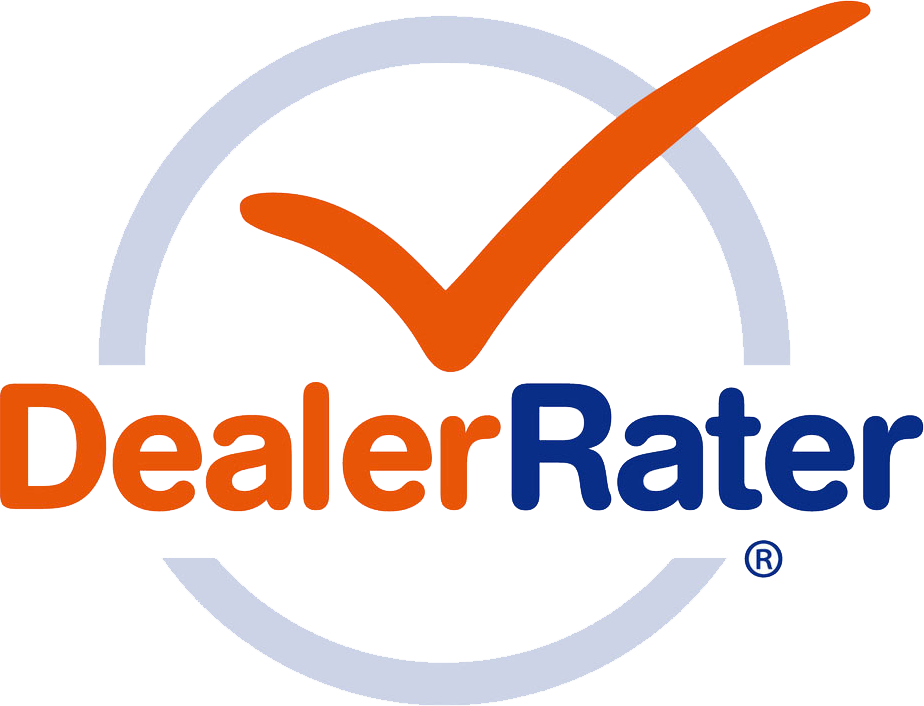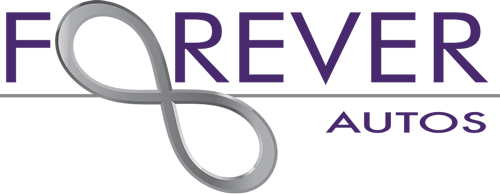Quick quiz: Do you typically trade in for new wheels before your car loan is paid off? If you always have a car payment, you’re a good candidate for leasing instead of buying. With a lease, your total cost of ownership will probably be close to what it would be if you financed a purchase over five years and sold the vehicle early. But at the end of the lease, instead of selling your old car or negotiating a trade-in, you just walk away.
Monthly lease payments cover depreciation and taxes only for the time you have the vehicle. That means the payments will be lower than if you were to buy the car and take out a loan for the same number of months as the lease. You can afford more car — a big reason luxury cars are leased more often than purchased. After your lease is up, you can buy the car or turn it in.
Leases have typically made up only 15% or 20% of the market. But this year, nearly 30% of new-car transactions will be leases, according to Tarry Shebesta, president of LeaseCompare.com, an independent leasing company. That’s partly because carmakers are offering more incentives to lease so they can bring used cars back faster as well as boost their market share.
Learning the lingo. When you lease a car, you should haggle over the price — called the capitalized cost — just as you would if you were buying it. Research the invoice price and what others in your area are paying (use our 2013 New Car Rankings tool).
Another component of your payment, the money factor, is essentially the interest rate — multiply it by 2,400 to get an approximate annual percentage rate. Shebesta says that, for the most part, money factors are in line with current interest rates.
The last thing that determines your payment is the residual value, or what the car will be worth when your lease is up. The higher the residual, the lower your payments. That sounds great, but you’ll have a higher purchase price if you choose to buy the car at the end of your lease. It may also be harder to sell the lease if you need to get out early, because chances are greater that the payoff amount will be higher than the market value.
Compare the money factor and residual value in the dealer’s offer with what’s available from other leasing companies (such as LeaseCompare.com) and check with your bank or credit union, too. The lease offers advertised on TV are for specific models and trim levels, and you’ll qualify for those deals only if you have good credit.
Life with a lease. Because new-car warranties typically last three years (the length of most leases), you don’t have to worry about repairs. Some manufacturers, such as BMW and Volvo, offer free maintenance, too. You’ll need to purchase car insurance to cover theft and any damage to the vehicle. Gap insurance is included with most leases to protect you if the car is totaled.
At the end of a lease, you’re assessed additional usage fees only if you have above-average mileage or wear and tear. You can add mileage into your contract at the beginning of a lease to avoid paying penalty fees of 20 cents to 25 cents per mile. And if you treat the car well, wear and tear won’t be an issue (some scratches are expected).




